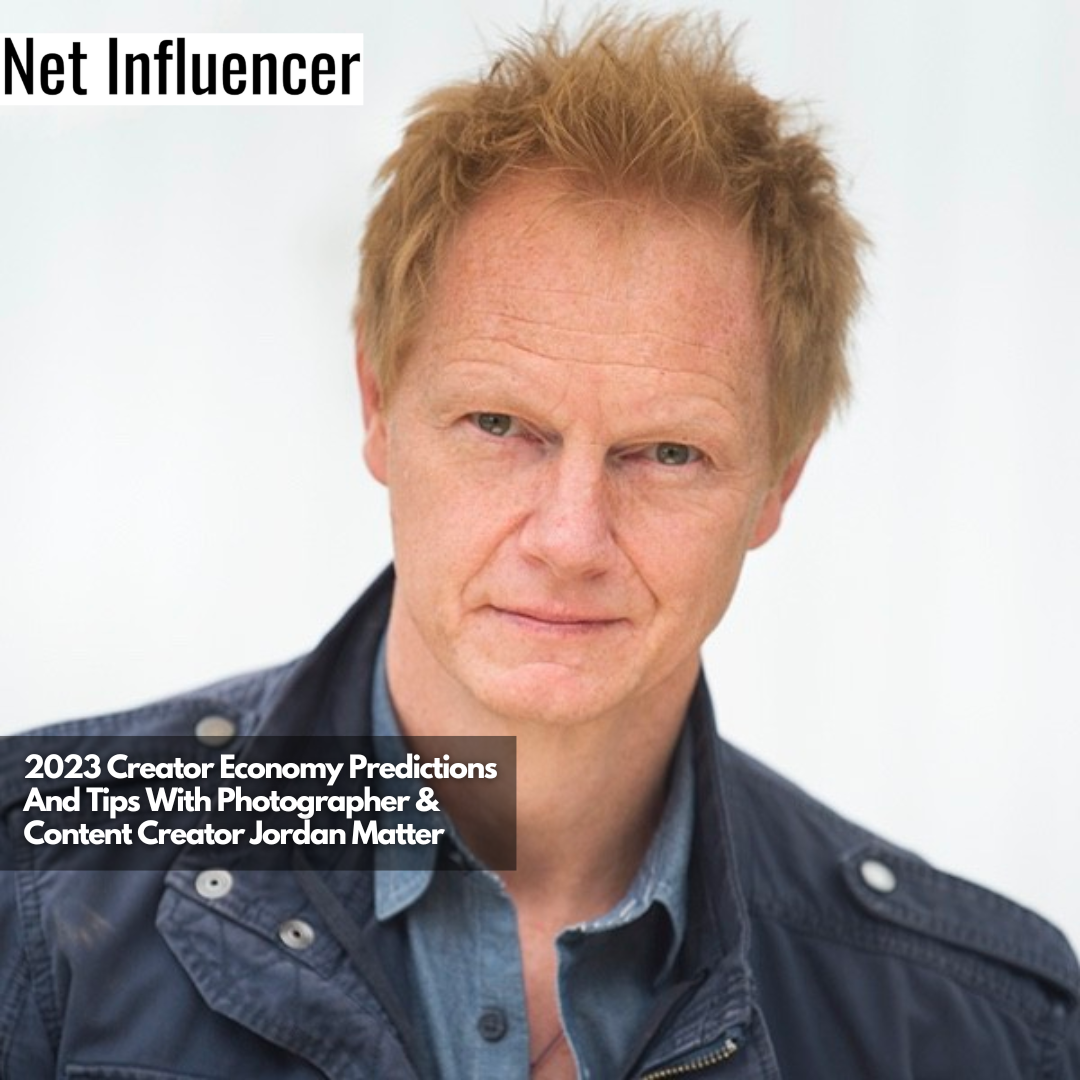The Economy of Positive Virality: Jordan Matters Business Strategy in Context
In the attention-driven marketplace of the 2020s, a new vocabulary of value has emerged: positive virality, emotional resonance, and scalable authenticity.
Creators like Jordan Matter have translated viral creative content into durable business models by leveraging direct and indirect revenue streams, platform economics, and network effects.
This article explores the economics behind that transformation, provides estimated data scenarios, and outlines the strategic levers that convert moments of viral attention into sustained enterprise.
Defining Positive Virality and Its Economic Significance
Positive virality is distinct from sensational or negative virality. It centers on content that spreads because it produces joy, inspiration, or aspirational identification, leading to higher rates of:
- Repeat viewing and longer watch times
- Higher organic share rates (peer-to-peer distribution)
- Stronger brand affinity for the creator
Economically, these attributes translate into better monetization outcomes because platforms reward watch time and engagement with higher ad allocation, and brands prefer partnering with creators who can generate predictable, brand-safe reach.
For a creator, positive virality reduces customer acquisition cost (CAC) for subscribers and product buyers because organic amplification substitutes for paid promotion.
Jordan Matters Viral Growth Model and Revenue Architecture
Core content economics
Jordan Matters content — often high-energy, human-centered photography and video featuring dancers and emotive setups — is engineered to maximize shareability and view retention. From an economic standpoint, that translates into improved per-view monetization.
- Lower marginal cost per additional viewer: Once a video is created, additional views cost almost nothing, giving creators near-zero marginal cost for additional impressions.
- Platform amplification: High retention drives algorithmic recommendation, creating a multiplier effect.
- Cross-platform leverage: Viral moments on YouTube often spawn TikTok and Instagram replication, broadening the funnel at low cost.
Diversified revenue streams
Successful creators convert attention into multiple monetized outputs. Typical revenue categories for a creator like Jordan Matter include:
- Ad revenue (YouTube ad splits and platform payouts)
- Brand partnerships and sponsored content
- Merchandise and physical products
- Digital products and courses (e.g., photography masterclasses)
- Appearances and live events
- Licensing and stock sales of images/videos
The economic advantage of this diversification is risk reduction: when ad markets are cyclical, sponsorships or product sales can stabilize cash flow.
Unit Economics: From Views to Revenue
To illustrate how positive virality converts into revenue, below are sample unit-economics tables with conservative, median, and optimistic scenarios. These numbers are illustrative estimates meant to illuminate mechanism rather than be exact accounts of any single creator’s books.
| Scenario | Monthly Views | Average CPM (USD) | Estimated Gross Ad Revenue |
|---|---|---|---|
| Conservative | 5,000,000 | $2.00 | $10,000 |
| Median | 20,000,000 | $4.00 | $80,000 |
| Optimistic | 60,000,000 | $6.00 | $360,000 |
Notes: CPM stands for cost per thousand impressions (views). Platform payouts vary by geography, ad format, and audience demographics. These scenarios assume typical revenue shares after platform cuts; creators may earn additional income from YouTube Premium and other channels.
Brand Partnerships, Sponsorships, and the Value Per Impression
Brands often pay a premium for placements with creators who deliver trust and positive context. The value-per-impression for sponsored content is frequently 2–10x ad CPM depending on creative integration, audience fit, and exclusivity.
| Metric | Low Estimate | High Estimate |
|---|---|---|
| Views on sponsored video | 1,000,000 | 10,000,000 |
| Effective sponsorship CPM | $10 | $50 |
| Estimated sponsorship fee | $10,000 | $500,000 |
For creators with positive, brand-safe content, sponsorships are a major source of revenue. The premium arises because such content mitigates brand risk and often yields better conversion for product-related calls to action.
Scaling Strategy: How Virality Becomes a Business
Turning a viral moment into a scalable operation involves several strategic investments and metrics:
- Content funnel engineering: designing entry-level viral videos that lead viewers to deeper, monetizable content (courses, memberships).
- Audience retention and segmentation: using analytics to identify high-LTV audience cohorts.
- Productization of expertise: packaging skills into courses, books, and workshops.
- Operational leverage: hiring small teams (editors, social managers, product leads) to increase output while preserving creative control.
Key performance metrics to monitor
For creators aiming to institutionalize their virality, the following metrics matter most:
- Subscriber growth rate (new subs per month)
- Average view duration (signal to platforms)
- Conversion rate from viewer to product purchaser
- Subscriber LTV (lifetime value across revenue streams)
- CAC — cost to acquire a customer when paid promotion is used
Economic Risks and Market Cycles
Even creators anchored in positive virality face macroeconomic and platform-specific risks:
- Ad market cyclicality: CPMs fall during economic downturns or seasonal depressions, compressing ad revenue.
- Algorithm shifts: platform algorithm changes can reroute organic reach, increasing CAC.
- Brand fatigue: over-monetization can erode audience trust, reducing long-term LTV.
- Content cloning: imitators can dilute novelty, lowering organic share rates.
Mitigations include diversifying revenue, owning audiences via email or first-party platforms, and reinvesting in creative quality and community.
Case Study: Building a Sustainable Product Funnel from Viral Attention
Consider a hypothetical creator with a recurring pattern of monthly viral videos. The funnel below shows potential conversion rates and revenue outcomes from a single viral cohort:
| Metric | Value |
|---|---|
| Video views | 5,000,000 |
| Click-through to channel page (2%) | 100,000 |
| New subscribers from video (10% of clicks) | 10,000 |
| Course purchase conversion (1% of new subs) | 100 |
| Average course price | $150 |
| Estimated course revenue | $15,000 |
The example above shows how even modest conversion rates in a large audience can produce meaningful incremental income beyond ad revenue. Multiply this across multiple viral events and the financial profile becomes substantial.
Platform Negotiation and the Creator as Small Enterprise
Creators who consistently produce positive-viral content gain bargaining power with platforms and brands. This can manifest as:
- Preferred monetization terms such as higher revenue share experiments
- Access to platform-promotional features that drive further organic reach
- Customized partner deals from brands seeking long-term association
From an economic perspective, a creator like Jordan Matter functions as a small enterprise with a brand, balance sheet considerations, and a need for strategic capital allocation between creative production, marketing, and product development.
Macro Trends Favoring Positive Virality
Several structural trends are increasing the value of positive-viral creators:
- Brand safety concerns: advertisers prefer creators with wholesome, positive content.
- Short-form discovery: platforms optimize for snackable, emotive clips that can lead to long-form funneling.
- Subscription fatigue: consumers consolidate which subscriptions to keep, favoring creators who offer unique, community-driven value.
- Creator-first commerce: improvements in commerce tools let creators directly monetize audiences with lower frictions.
Operational Playbook: Turning Virality into Stable Cash Flow
Practical operational steps that translate viral reach into a resilient business include:
- Audience mapping: identify high-LTV segments and create content/offerings tailored to them.
- Retention engineering: design serial content that converts first-time viewers into repeat consumers.
- First-party data capture: use newsletters, cohorts, and community platforms to reduce platform dependency.
- Product ladder: offer a value ladder (free content → low-ticket digital product → premium course/workshop).
- Financial prudence: establish reserves for ad market downturns and invest pro-cyclically in content during slow periods.
Measuring Impact Beyond Direct Revenue
Positive virality also produces valuable intangible assets:
- Brand equity: an audience’s trust and identification with the creator
- Network relationships: recurring collaborations and increased talent access
- Cross-sell potential: ability to launch new products with built-in demand
These intangible assets reduce friction for future monetization and increase the marginal return on creative investment. When measured and nurtured, they convert into higher LTVs and justify premium sponsorship rates.
Policy and Platform Considerations for Sustainable Growth
As creators scale, they must navigate platform policy changes, contractual nuances with brands, and intellectual property considerations. Important economic levers here include:
- Ownership of content IP: retaining rights enables licensing and long-term revenue capture.
- Contractual clarity: ensuring sponsorships do not cannibalize long-term audience trust.
- Data portability: ability to migrate audiences between platforms to hedge algorithmic risk.
Final reflections on The Economy of Positive Virality: Jordan Matters Business Strategy and Related Models
Examined as an economic system, the strategies employed by creators who harness positive virality reveal a replicable set of principles: produce emotionally compelling content, design funnels to monetize attention, diversify income, and protect the long-term value of the brand.
Variations on this theme — from “The Economics of Uplifting Viral Content” to “Jordan Matter’s Viral Business Design” and “Positive Virality and Scalable Creative Enterprise” — all point to the same core dynamic:
attention is scarce, authenticity compounds, and diversified monetization lowers enterprise risk.
The implications for creators, advertisers, platforms, and investors are large: creators who can reliably generate positive, shareable experiences are not only cultural entrepreneurs but also economic actors capable of building highly scalable, resilient businesses. The metrics, operational choices, and productization pathways described above represent the practical translation of virality into sustainable revenue and enterprise value — a model that continues to evolve as platforms, consumer preferences, and monetization instruments change.

